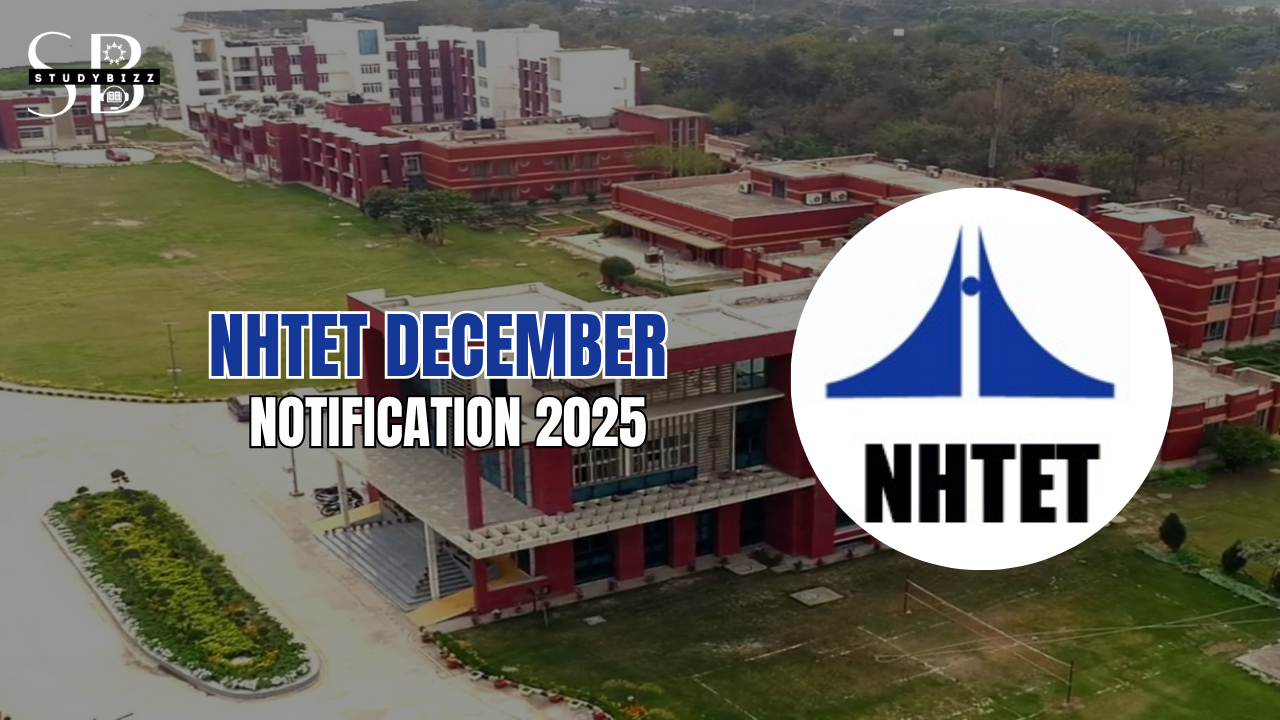Mahmud of Ghazni :
Mahmud of Ghazni (998-1030), was a ruler of the Ghaznavid Empire in the late 10th and early 11th centuries. He is best known for his invasions of the Indian subcontinent, which he launched from his capital in Ghazni (present-day Afghanistan) during the reign of the Ghaznavids. He conducted 17 raids on the Indian subcontinent, mainly targeting the Rajput kingdoms and the Shahi kingdoms in present-day Pakistan.
Mahmud of Ghazni’s invasions marked the beginning of Muslim rule in the Indian subcontinent. He is considered a significant figure in the history of the Indian subcontinent, as his invasions laid the foundations for the later establishment of the later dynasties like Delhi Sultanate. Mahmud of Ghazni’s invasions weakened the power of the Hindu kingdoms, making it easier for the later Muslim invaders, such as Qutb-ud-din Aibak, to establish themselves in the region.
During his invasions, Mahmud of Ghazni was not primarily motivated by religious zeal, but by the desire to control the rich resources of the Indian subcontinent, such as gold, silver and precious stones. He was able to amass huge riches through these raids, and his campaigns helped to establish the Ghaznavid Empire as one of the most powerful empires of the time.
Mahmud of Ghazni’s campaigns also had a profound impact on the culture of the Indian subcontinent. They brought Islamic culture, art, and architecture to the region, and they also led to the spread of the Persian language and literature in India. His raids also played a role in breaking down the political and cultural isolation of the Indian subcontinent and thus furthering the Indo-Islamic synthesis.
While he was celebrated by his Muslim contemporaries for his military successes and the wealth he brought back to his kingdom, Mahmud of Ghazni’s invasions were heavily criticized by the Indian chroniclers for the destruction and loot caused by his raids.
Mahamud Gazni – 17 Invasions over India
- First invasion of Mahmud Ghazni – 1000 AD : Mohammad of Ghazni first invaded modern Afghanistan and Pakistan in 1000 AD. He defeated Hindu shahi kingdom ruler Jaya Pala, who killed himself later, and his son Ananda Pala became his successor.
- 1005 : Ghazni invaded Bhatia.
- 1006 : Ghazni invaded Multan. During this time, Ananda Pala attacked him.
- 1007 : Mahmud of Ghazni attacked and crushed Sukha Pala, ruler of Bhatinda.
- 1011 : Ghazni raided Nagarkot in the Punjab hills.
- 1013 : This was Mahmud’s 8th expedition into Pakistan and Eastern Afghanistan, the shahi kingdom under Anand Pala, who was defeated by Ghazni in the Battle of Waihind, the Hind shahi capital near Peshawar.
- 1014 : Thanesar was conquered by Mahmud.
- 1015 : Kashmir was attacked by Mahmud.
- 1018 : He attacked Mathura, where a number of coalition of rulers were defeated, including a ruler called Chandra Pala.
- 1021 : Mahmud conquered Kanauj by defeating Kanauj King Chandella Ganda. In the same year he defeated and killed two more rulers, Shahi Trilochana Pala and his son Bhima Pala, thereby conquering Rahib and Lahore (modern Pakistan).
- 1023 : Gwalior was invaded and conquered by Ghazni.
- Last invasion of Mahmud Ghazni, 1027 : In 1027, he attacked the Somnath temple. The brave Hindu Rajputs tried to defend the temple when the enemy tried to get inside it. The Hindus fought very bravely and initially the enemies could not damage the temple. However, after 3 days of fights, Mahmud Ghazni’s troops were successful in plundering the Somnath temple, in which the sacred idol, Linga was destroyed. Ghazni looted all the treasures of the temple, which was at that time worth 20-million Dinars, more than eighty times of what he had collected in his first invasion. Around 5000 Hindus died during this last invasion.




Leave a Reply